Even a series as carefully crafted as ‘Breaking Bad’ has a few slips that sharp-eyed viewers and science sticklers keep pointing out. Some are on set goofs that slipped through the edit. Others are story or science details that do not quite line up with how things work outside the show.
This list gathers moments that viewers regularly flag when they rewatch the series. Each entry explains what happens on screen and why it is considered a mistake, with clear details so you can spot them the next time you queue up an episode.
Hydrofluoric Acid Eating a Bathtub and the Floor
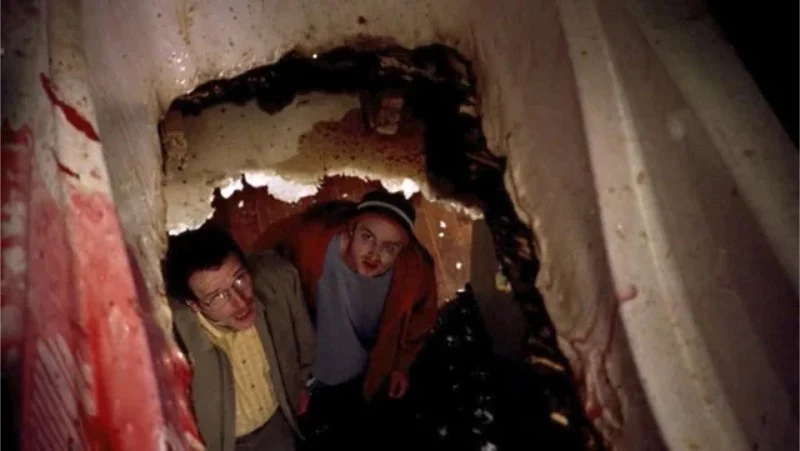 AMC
AMCIn the early episodes, hydrofluoric acid is used to dissolve a body in a ceramic bathtub, which then collapses through the floor in a messy flood. The scene shows the acid chewing through ceramic, metal plumbing, and wood joists in minutes. The dramatic collapse sells the danger of mishandling chemicals inside a cramped house.
Hydrofluoric acid is extremely hazardous, yet it does not attack many plastics and does not rapidly liquefy fired ceramic or structural lumber the way the scene suggests. It etches glass and can dissolve silica over time, but ceramic bathtubs are not pure silica. The more accurate approach shown later in the series uses a plastic container, which aligns with the material compatibility charts used in real labs.
Fulminated Mercury Handled Like a Throwing Rock
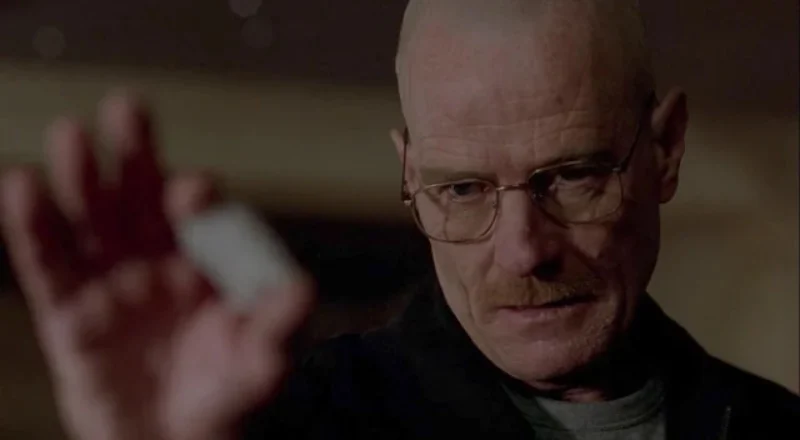 AMC
AMCWalt walks into a drug den with what looks like a crystal and slams it to the ground to trigger an explosion. The crystal is presented as fulminated mercury, a sensitive primary explosive that can detonate from heat, friction, or shock. The moment demonstrates clever chemistry used as leverage in a dangerous negotiation.
Fulminated mercury is usually handled in small quantities and in dampened forms because dry crystals are highly unstable. Carrying a large dry lump in a pocket and tossing it onto a hard floor would be extraordinarily risky and inconsistent with safe handling. The effect size on screen is also much larger than would be expected from a single palm sized piece of primary explosive.
Ricin in a Cigarette as an Inhaled Poison
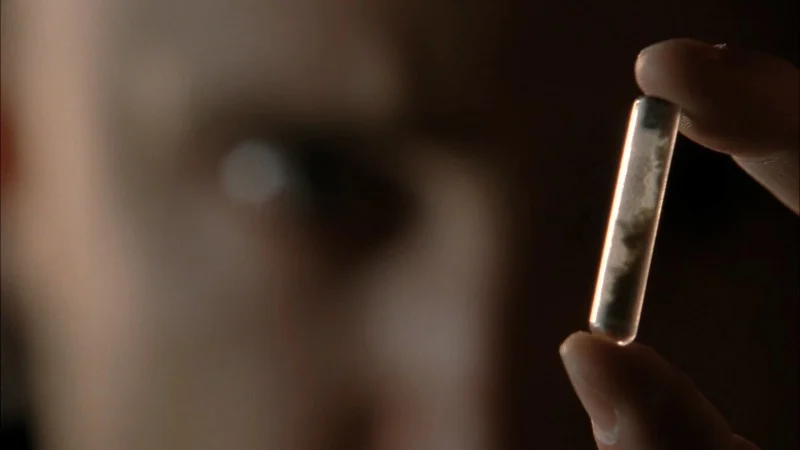 AMC
AMCA plot thread introduces a ricin filled cigarette intended as a covert weapon. Characters treat it as something that can be smoked to deliver a fatal dose by inhalation. The idea persists over multiple episodes and drives key decisions and searches for the missing cigarette.
Ricin is a protein toxin that is not volatile and is unlikely to survive the high temperatures of combustion in a burning cigarette. Known routes of concern are ingestion or injection, and inhalation exposure relates to aerosolized particulate in controlled conditions rather than smoke in a typical cigarette. The show later pivots to other delivery methods, which better match how such a toxin would need to be administered.
Blue Meth as a Sign of Exceptional Purity
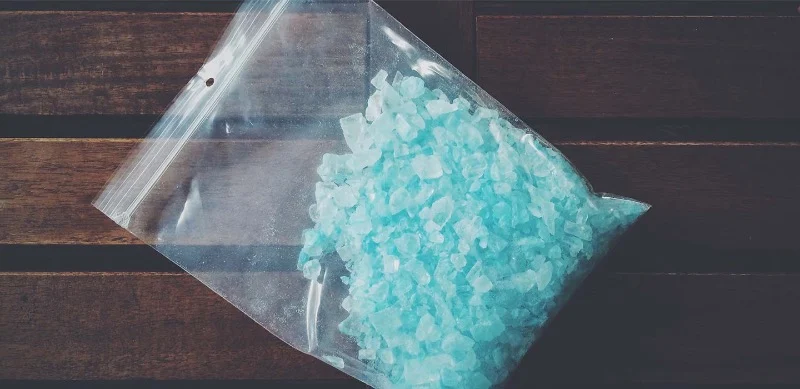 AMC
AMCThe series presents blue crystals as a unique signature for an unusually pure product. The color functions as a calling card inside the story, letting characters recognize the source at a glance. The lab process is depicted as clean and methodical, which supports the idea of consistent quality.
Real high purity methamphetamine is generally colorless or white and forms clear to white crystals when properly recrystallized. Blue coloring would usually indicate the presence of impurities or added dyes rather than superior refinement. The show links the hue to the specific synthesis route, yet in actual practice the route does not create a stable blue tint in a pure final crystal.
The Desert Battery That Cranks a Vehicle Engine
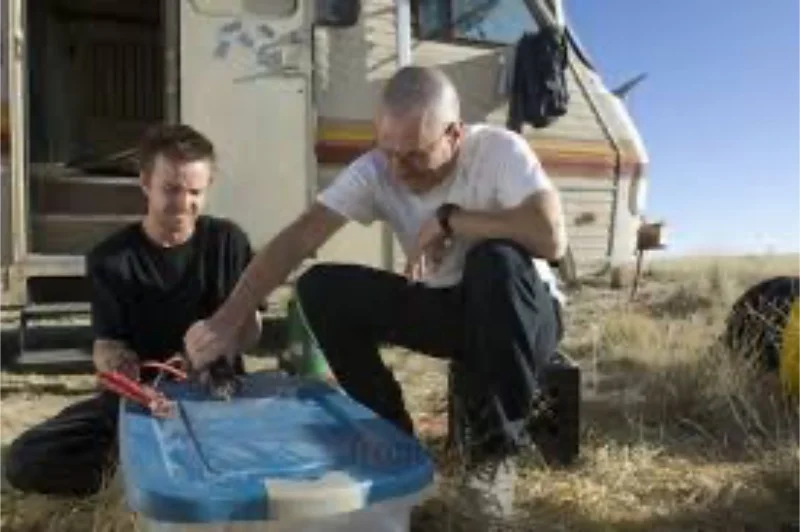 AMC
AMCStranded in the desert, the characters improvise a battery from spare metals and electrolytes to start the RV. The setup uses multiple cells wired together to raise voltage. The scene carefully shows the assembly and a moment of testing to prove it produces a spark.
Starter motors typically demand very high surge currents that can exceed one hundred amps for a brief burst. Homemade galvanic cells of the type shown can supply voltage but struggle to deliver the required cold cranking amperage for an internal combustion engine. A bank of such cells could light a small bulb or run a radio, but matching the short burst current needed to turn over a large engine is not realistic with the materials shown.
Phosphine Gas Knockout in the RV
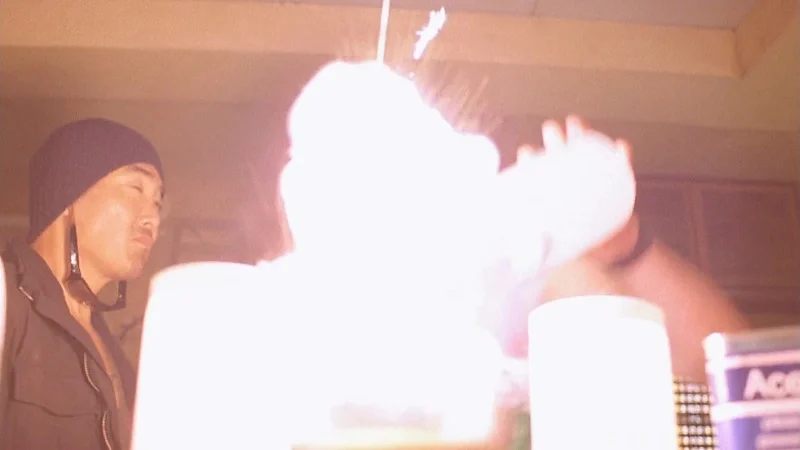 AMC
AMCDuring a tense confrontation, red phosphorus is used to generate a toxic gas inside the RV. The characters react almost instantly, with rapid incapacitation that ends the threat. The sequence emphasizes the confined space and the lack of ventilation, which heightens the danger.
The chemistry behind producing phosphine from red phosphorus requires specific conditions and does not always yield high concentrations. Phosphine is hazardous, yet immediate collapse across all occupants at once is not typical without prolonged exposure and limited fresh air exchange. The RV has windows and door gaps that would slow the buildup, so the timeline as presented is compressed for dramatic effect.
Magnet Heist Effects That Ignore Nearby Objects
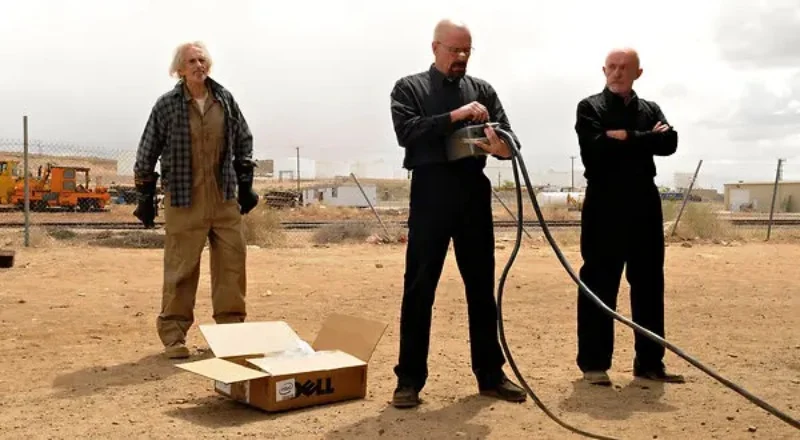 AMC
AMCA powerful electromagnet is used to disrupt data on a laptop inside an evidence room. On screen, the magnet selectively wrecks electronics while leaving many other metal items in the room and truck mostly manageable until the climactic crash. The team performs a quick test and then dials up the power for a one shot attempt.
Strong magnetic fields fall off quickly with distance, but near field forces pull on a wide range of ferromagnetic items. In a real scenario, the field strength required to flip bits on a drive through a wall would also tug hard on tools, shelving, firearms, and even the truck body. The setup would make control nearly impossible once power ramps up, which undercuts the surgical precision implied in the scene.
Lily of the Valley Symptoms vs Ricin Suspicion
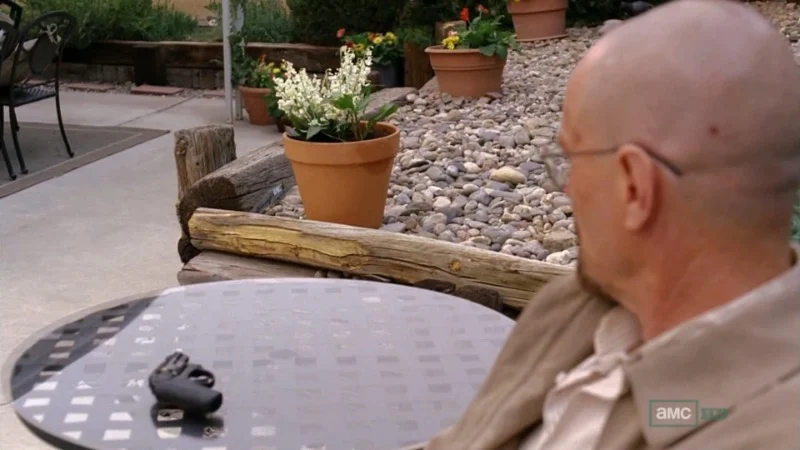 AMC
AMCA child falls ill and characters suspect ricin because of recent events tied to a missing cigarette. The medical crisis drives confrontations and changes the course of alliances. Later, a plant in a backyard reveals lily of the valley as the actual cause of poisoning in the story.
Lily of the valley contains cardiac glycosides that affect heart rhythm and can produce nausea and vomiting, which do not match the protein synthesis inhibition profile associated with ricin. Hospital toxicology would follow different testing paths for these agents, and treatment protocols vary. The show uses the confusion to great narrative effect, although the symptom overlap is not as close as the characters assume.
On Set Reflections and Crew Visible in Shiny Surfaces
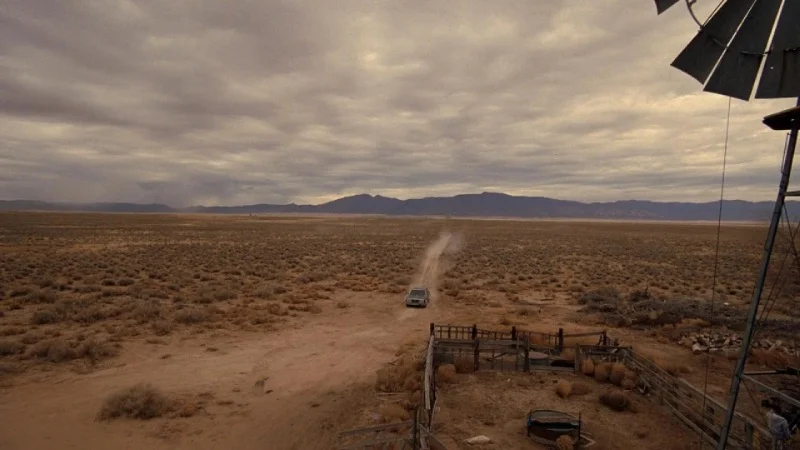 AMC
AMCSeveral scenes include reflective surfaces such as car doors, chrome fixtures, and windows. In these quick cuts, sharp eyes have spotted shapes and movements that do not belong to the characters in frame. These flashes are easy to miss during a first watch and tend to stand out on rewatches.
Reflections can reveal camera rigs, boom operators, or crew standing just out of frame. Productions often polarize lenses or adjust angles to hide glints, but fast paced coverage in tight spaces makes complete concealment tricky. When paused, these glimpses show outlines and colors that are not part of the world inside the story.
Continuity Changes in Food, Props, and Tattoos
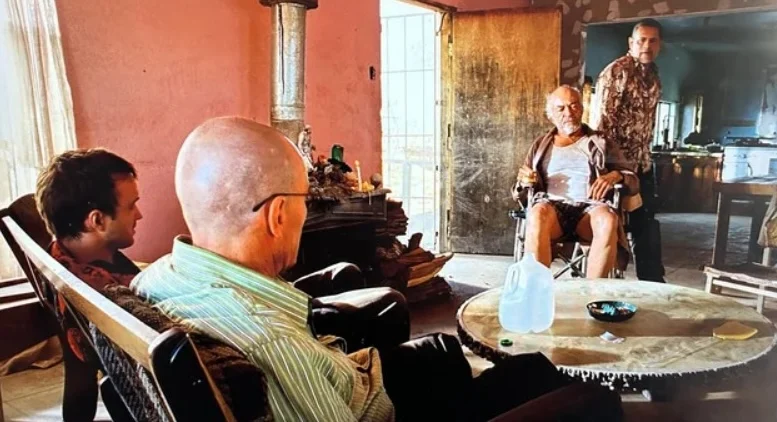 AMC
AMCBreakfast scenes and family dinners recur throughout the series, and props on plates or in hands shift position between cuts. A fork jumps from one side to another or a bite reappears after a reverse angle. These are classic continuity hiccups that happen during multi take coverage.
Actors also gained or modified tattoos during the long production window, and makeup sometimes covered them more completely in one episode than another. Small items such as cell phones, keys, and money stacks can resize or relocate across edits due to pickup shots. None of these details alter the plot, yet they are the kind of tiny changes that viewers love spotting once they know to look.
Think we missed a moment you always notice on a rewatch of ‘Breaking Bad’? Drop your favorite unmissable goof in the comments and tell everyone where to find it.

.jpeg)


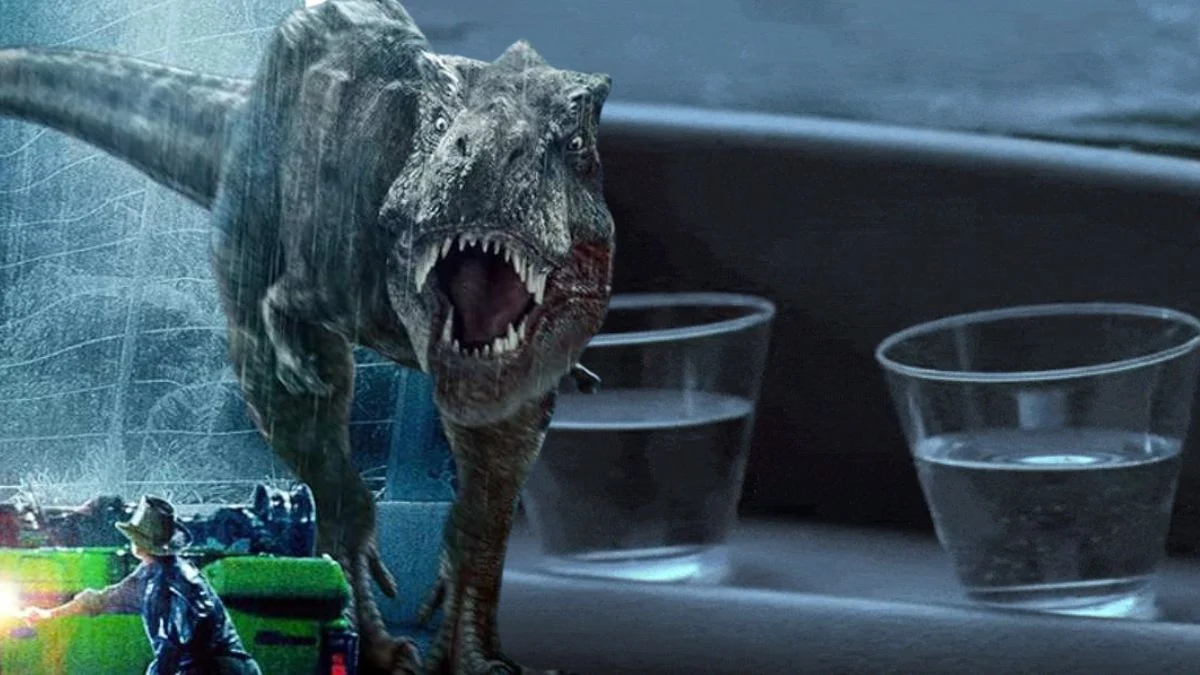


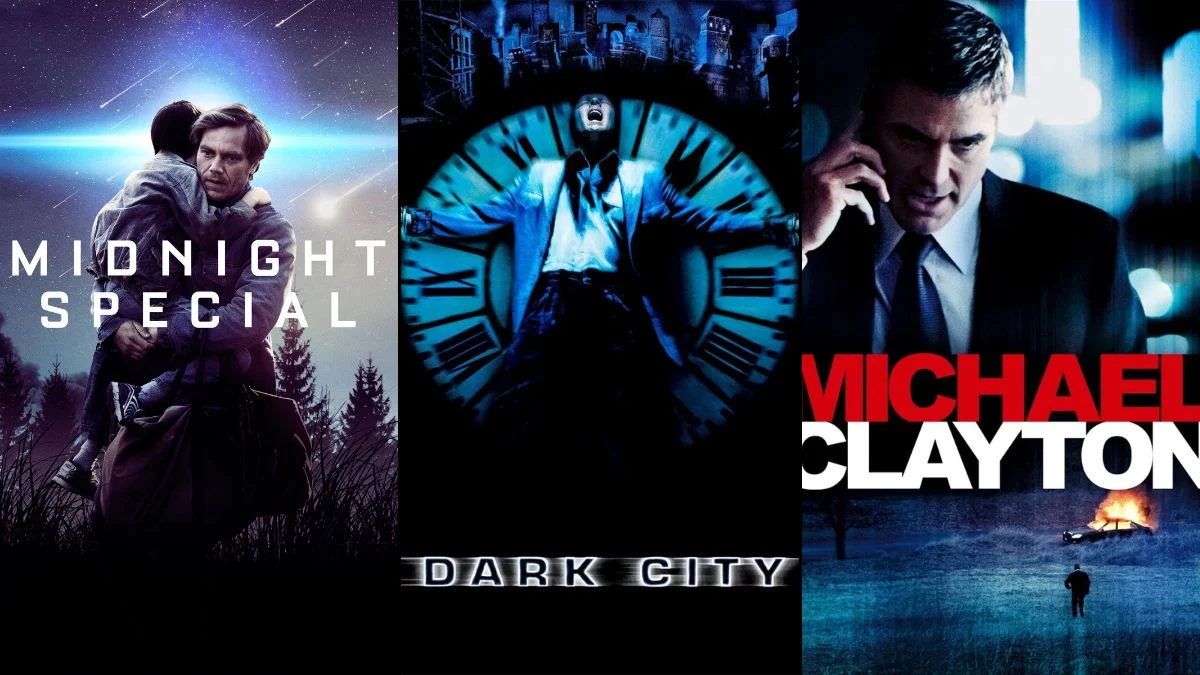
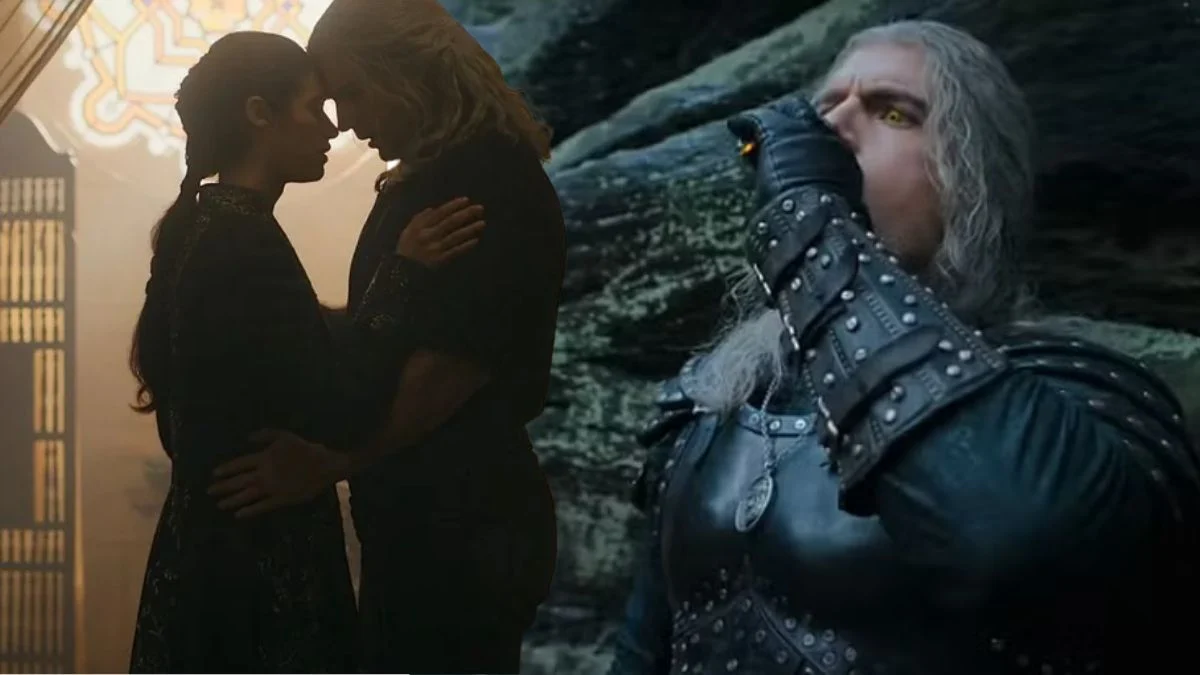




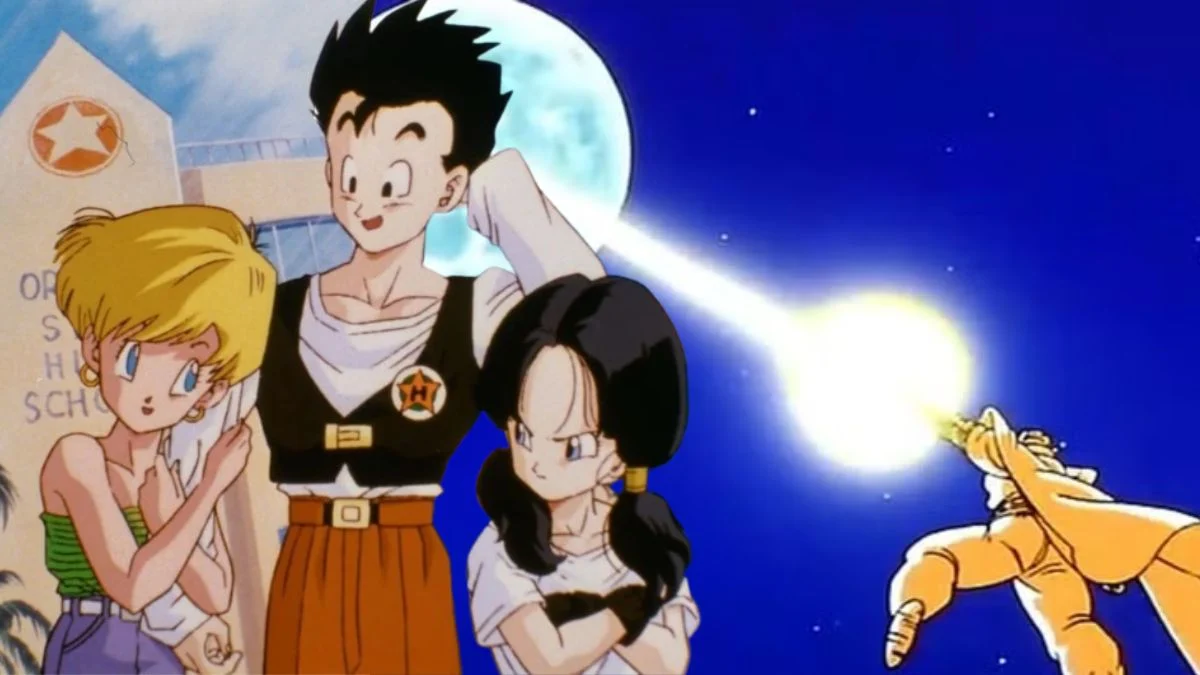



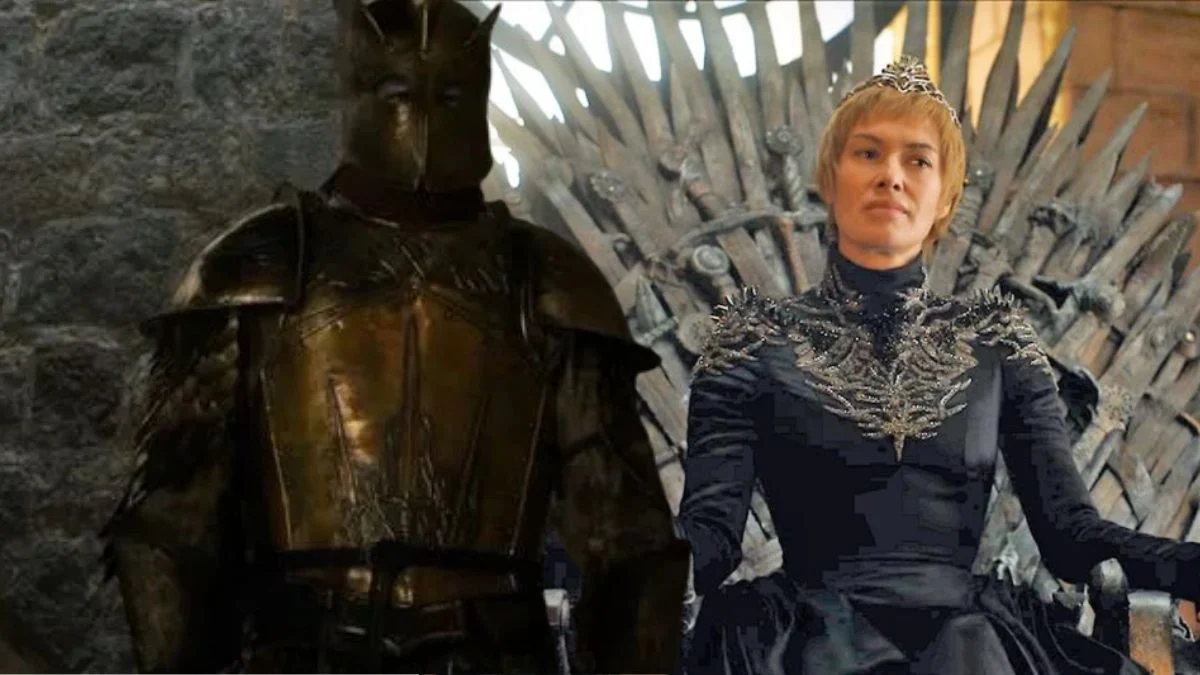

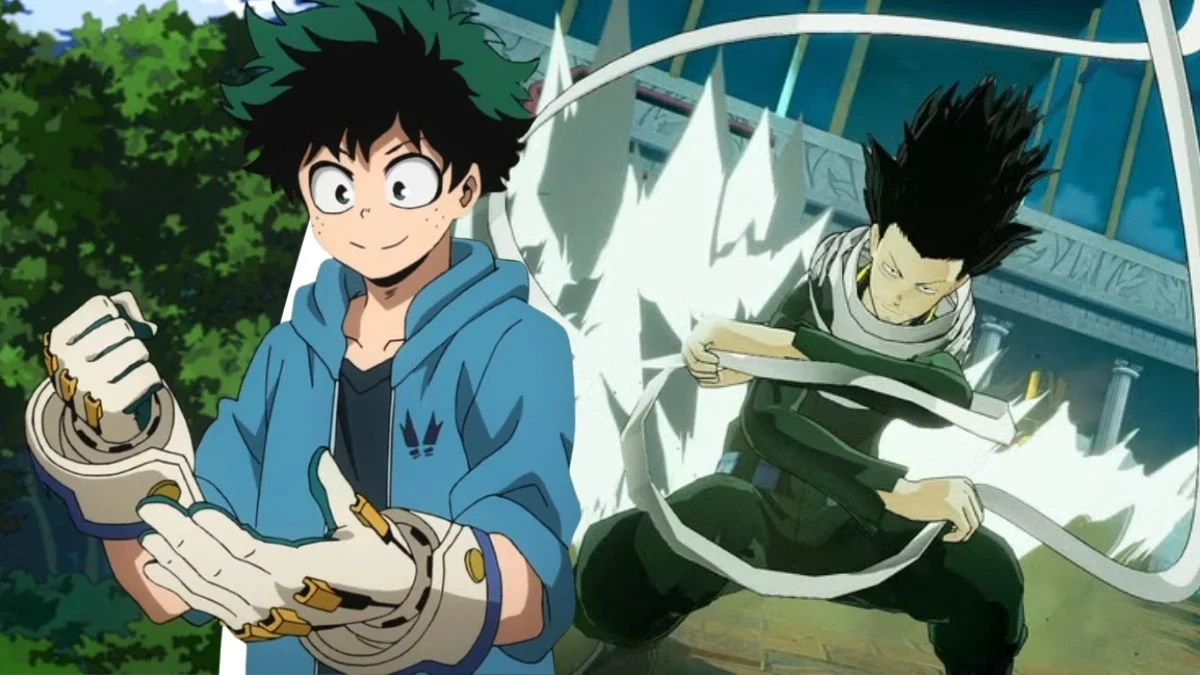
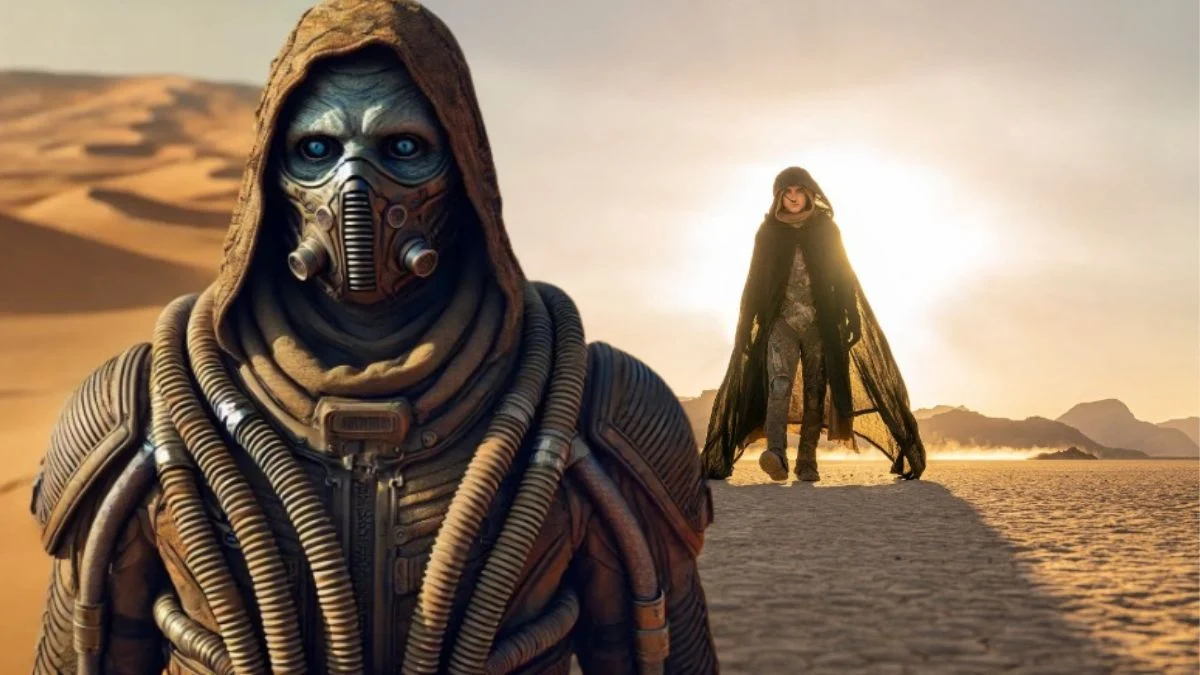
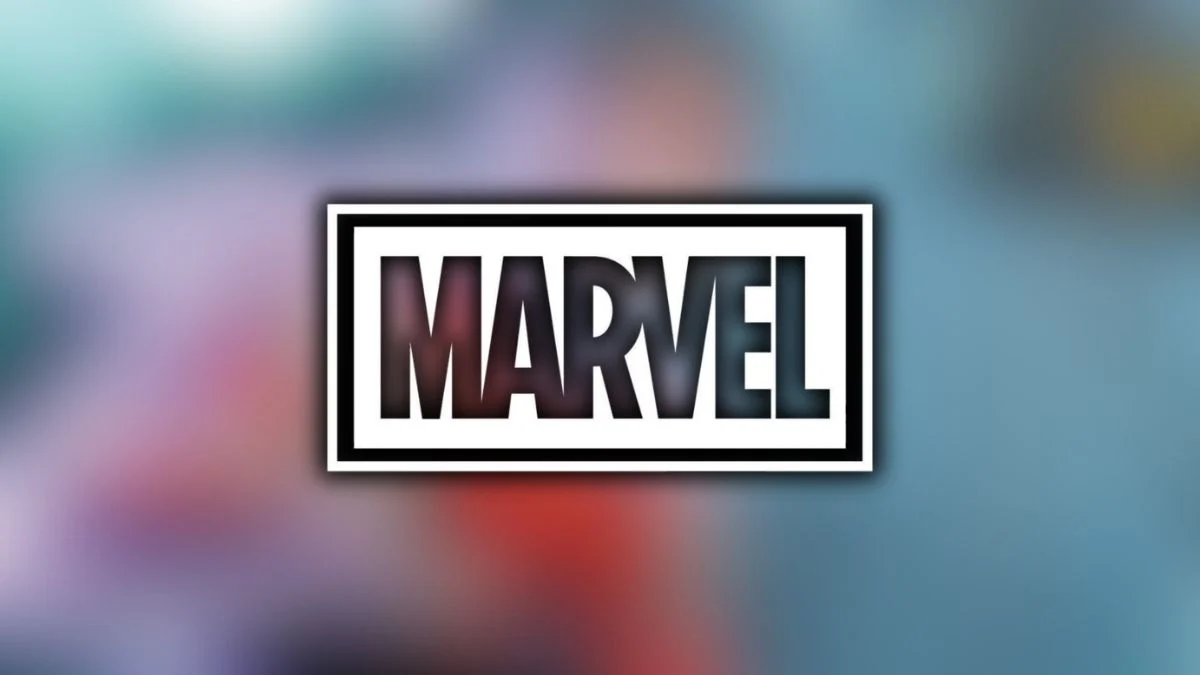




.jpeg)












 English (US) ·
English (US) ·